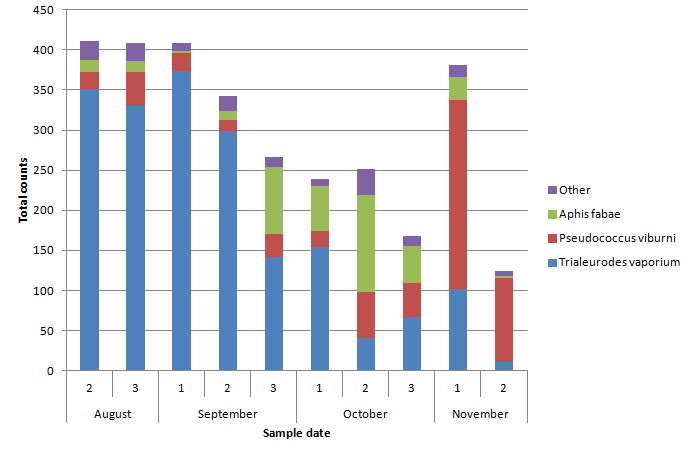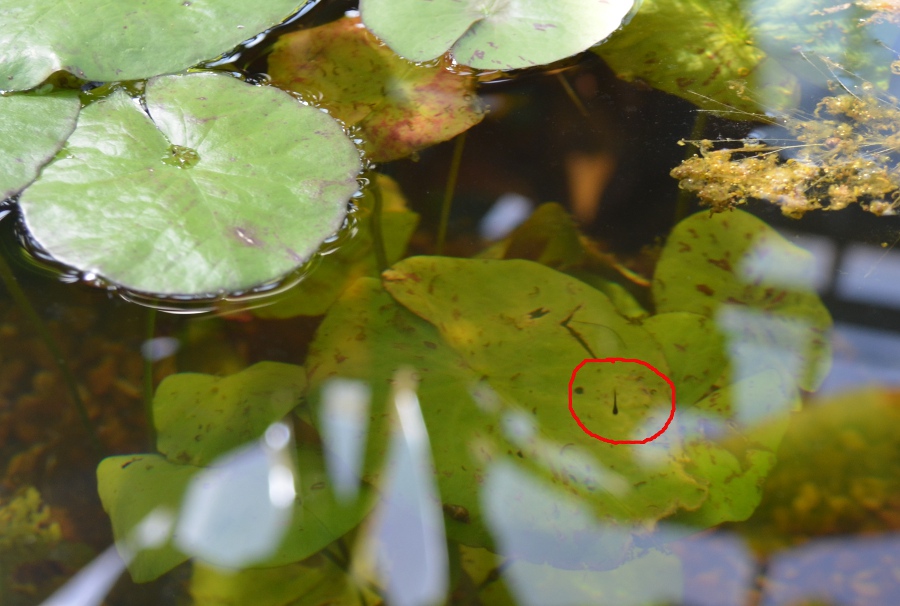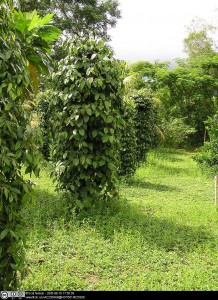On Monday 20th May we held what might be considered the official opening of the Tropical Biodiversity Glasshouse. The University of Reading community open event provided a means for both the Harris Garden and our greenhouse to be shown to local residents. Hosted by the Vice Chancellor, Sir David Bell, around 70 residents attended along with some students who had helped develop the greenhouse infrastructure.
-
Recent Posts
Recent Comments
- kriesnendu houly on Amorphophallus konjac: Can You Resist the Lure of the Devil’s Tongue?
- kriesnendu houly on Amorphophallus konjac: Can You Resist the Lure of the Devil’s Tongue?
- Zoe Cooke on Arachis glabrata – Perennial Peanut
- Alexander Gavin on Catharanthus roseus – Cancer fighting
- Edward Ofori on Catharanthus roseus – Cancer fighting
Categories
Meta
Activity
- Africa
- Americas
- Annual Fund
- Asia
- Australia
- Carnivorous Plants
- Collaborators
- Compost
- Countries
- Crops
- Design
- Evolution
- Ferns
- Fish
- Hands-on
- Integrated Pest Management
- Interactive
- Labelling
- Learning and Teaching
- Low Nutrient Environments
- Lycopodiophyta
- Madagascar
- Meeting
- Mexico
- Monocots
- Neotropics
- Palaeotropics
- People
- Philippines
- Planning
- Pond
- Primary Schools
- Public
- School Visits
- Secondary Schools
- Species
- Staff
- Students
- Technology
- Uncategorized
- Water Plants
Archives
Blogroll







